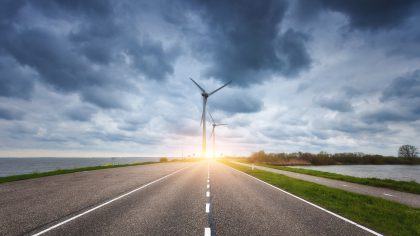Depending on the fuel used, there are different requirements for syngas cleaning in preparation for CO2 capture (dust filters, NOx removal, sulphur scrubbers, etc.), which will impact performance and costs. The performance and cost ranges are considered to be sufficiently close for the variety of solid fuels to group them together in a single factsheet.
The focus of this factsheet is solely on CCS for IGCC plants. The reference is IGCC plants without CCS and all reported data is relative to the reference plant (e.g. investment costs are additional costs for CCS and exclude investment costs for the IGCC plant, such as the gasification unit).
There are a variety of techniques that can be used to separate CO2 from the syngas, including using sorbents/solvents, membranes and distillation machinery (IEA, 2013). After gasification the CO2 concentration in the syngas is 8-20 %, which is potentially higher than the concentration after combustion (12-14%) (IPCC, 2005). Physical solvents, such as Selexol, are the most commonplace technique for pre-combustion capture for IGCC power plants (Rubin et al., 2015a), therefore they are considered the default for this factsheet. Similar to chemical solvents, CO2 is attached to the physical solvents in an absorber after which the solvents are separated and regenerated using steam to release the CO2 and enable reuse of the solvent (IEAGHG, 2014a).
Compression and dehydration are part of the CO2 capture process. Reports on CO2 pressure after capture vary from 8 MPa to 20 MPa in the studies cited here. At these pressure levels it is possible to transport the CO2 through low-pressure pipelines (maximum pressure of 4.8 MPa) or high-pressure pipelines (minimum of 9.6 MPa) (IPCC 2005) with minimal additional (de)compression required. It is therefore assumed that no additional compression step is required after capture to prepare the CO2 for pipeline transport. If CO2 is transported in liquid state, then additional compression will be required.
All information in the datasheets is also available in ESDL (Energy System Description Language). You can find them in the Energy Data Repository (EDR).


